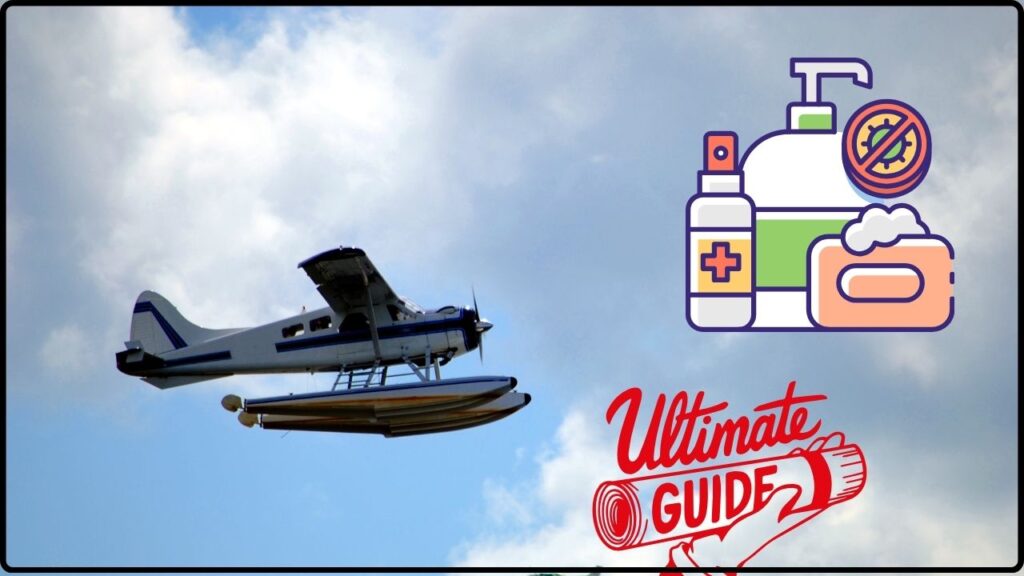
5 Best Decontamination Tools and Eco-Friendly Cleaners: When you’re up in the skies, nothing beats having clean, reliable gear that keeps you safe and your aircraft running smooth. But here’s the kicker—regular cleaners often come with harsh chemicals that can mess with the plane’s delicate surfaces and the environment. That’s why pilots and aviation crews are switching gears to eco-friendly cleaners and smart decontamination tools that pack a punch without wrecking the planet. In this guide, we’re spilling the beans on the 5 best decontamination tools and eco-friendly cleaners every pilot needs to know about. Whether you’re a rookie just earning your wings or a seasoned pilot with thousands of flight hours, keeping your gear spotless is key. Plus, it’s good karma knowing you’re taking care of the environment while you’re at it!
Table of Contents
5 Best Decontamination Tools and Eco-Friendly Cleaners
Keeping your pilot gear and aircraft in top shape doesn’t mean sacrificing safety or the planet’s health. The aviation world embraces powerful, eco-friendly decontamination tools and cleaners that provide excellent results without harsh chemicals or wasteful water use. By incorporating bio-organic cleaners, waterless wash systems, military-grade biodegradable products, plant-based solvents, and pH-neutral soaps into your routine—and understanding modern cabin disinfection methods—you’re flying green while flying clean. Remember, clean gear means a safer flight and peace of mind knowing you’re doing your part for the environment. So suit up, grab your microfiber cloths and eco-friendly sprays, and roll out that green runway!
| Aspect | Detail |
|---|---|
| Eco-Friendly Cleaner Types | Bio-organic, biodegradable, plant-based solvents, waterless wash systems |
| Effectiveness | Removes grease, oil, carbon buildup, dirt, bugs, and deodorizes cabins efficiently |
| Environmental Benefits | Reduces chemical waste, conserves water, non-toxic to humans and wildlife |
| Popular Brands/Products | Blaukaiser Bio Organic Cleaners, Cee-Bee Military Grade, Arrow-Magnolia Fleet Wash, Zi-400 HD |
| Decontamination Tools Included | Microfiber cloths, biodegradable gloves, stabilized aqueous ozone cleaners |
| Industry Standards | Aviation material safety compliant, pH-neutral, non-corrosive, Boeing and FAA certified products |
| Official Reference | Federal Aviation Administration (FAA) |
Why Go Eco-Friendly with Aircraft Cleaners?
Before diving into the tools and cleaners, let’s talk about why eco-friendly options matter big time:
- Aircraft surfaces and interiors require special care. Harsh chemicals can damage paints, composite materials, seals, plexiglass, and sensitive avionics. Using the wrong cleaning agents risks corrosion, discoloration, and material degradation that compromise safety.
- The aviation industry faces increasing pressure to reduce its environmental footprint. Regulations and customer expectations push airlines and pilots alike to adopt environmentally responsible practices, including cleaning with biodegradable, non-toxic agents that minimize chemical runoff and waste.
- Water conservation is crucial. Traditional aircraft washing consumes thousands of gallons of water per aircraft. Waterless or low-water systems coupled with biodegradable cleaners reduce resource use dramatically while maintaining impeccable cleanliness.
- Pilot and crew health is paramount. Exposure to volatile organic compounds (VOCs), carcinogens, or respiratory irritants often found in conventional solvents puts workers at risk. Non-toxic, odorless, and allergy-friendly cleaning products safeguard crew well-being.
According to the Environmental Protection Agency (EPA), aviation maintenance uses a variety of chemical formulations that contribute to soil and water contamination if improperly disposed, underscoring the urgency for greener alternatives (EPA.gov).
The 5 Best Decontamination Tools and Eco-Friendly Cleaners for Pilots
Let’s get down to the nuts and bolts. Here are your top five picks for keeping your flight gear and aircraft clean, safe, and green—with technical details for optimal performance.
1. Bio Organic Aircraft Cleaners (Blaukaiser)
Bio-organic cleaners like Blaukaiser are formulated from natural ingredients that quickly biodegrade without leaving toxic residues or affecting aircraft finishes. These water-based solutions can be diluted and applied by brush, foam, or spray, safely removing oils, exhaust residue, salts, and oxidized organics that cause corrosion. Certified by Boeing and McDonnell Douglas, Blaukaiser’s cleaner is compatible with oil-water separators, ensuring environmentally responsible waste disposal.
Key specs:
- pH-neutral or slightly alkaline for effective cleaning without paint damage (typically pH 7-9)
- Safe on aluminum, composite panels, plexiglass, and painted surfaces
- No hazardous waste generation, reducing disposal costs
- Effective across light to heavy soil concentrations
They’re trusted widely for exterior surface cleaning and inside the cabin for deodorizing and disinfection without harsh chemical odor or irritation.
2. Waterless Wash Systems with Biodegradable Products
Waterless systems use advanced coatings and biodegradable detergents that emulsify dirt and grime for wiping away without rinsing. Henkel’s Bonderite C-AK DW 805 AERO serves as a prime example. This viscous emulsion clings to vertical surfaces, activated by a damp mop, and wipes off easily for a high-gloss finish. It’s phosphate- and chromate-free, safe for metals, plastics, acrylics, and glass.
Benefits:
- Driven by sustainability: up to 90% less water usage than traditional exterior washing
- High flash point (>94°C), non-flammable for safe storage and use
- Maintains aircraft’s long-term protection against UV rays and corrosion
- Ready-to-use single product eliminates complex mixing
Waterless wash systems keep aircraft clean in remote locations or during rapid turnarounds, saving time and water resources.
3. Military-Grade Biodegradable Cleaners (Cee-Bee)
Cee-Bee’s military-grade cleaners meet strict performance standards set by American and NATO aviation authorities. They’re formulated to remove heavy oils, grease, hydraulic fluids, brake dust, and carbon buildup without damaging alloys or surface finishes. These low-foam, low-toxicity detergents are safe on high-strength steel, acrylic, magnesium, and titanium alloys common in aircraft.
Usage highlights:
- Suitable for engines, landing gear, brake assemblies, and other heavily soiled areas
- Non-corrosive and fully biodegradable
- Compliant with Boeing D6-17487 and AMS 1526B standards
- Used by U.S. military, government contractors, and commercial airlines
Choosing these ensures materials’ longevity and regulatory compliance, making tough cleaning jobs safer.
4. Plant-Based Solvent Cleaners (Citrus or Soy-Based)
These cleaners use renewable, biodegradable solvents extracted from citrus peels or soybeans, prized for their degreasing power and non-toxic profile. Their natural citrus terpenes act as effective solvents to cut through oil, grease, and grime, and soy-based emulsions provide gentle cleaning without compromising paint, rubber, or plastic components.
Why pilots dig them:
- Low odor, safe for close indoor cockpit and cabin use
- Safe for sensitive instruments and plastics like plexiglass and LCD screens
- Sustainable ingredients reduce reliance on petroleum-based solvents
- Often combined with surfactants and emulsifiers for enhanced cleaning
They offer a win-win: tough on dirt, easy on you—and the planet.
5. pH-Neutral, Aviation-Safe Soaps and Biodegradable Degreasers
Products such as Arrow-Magnolia’s Fleet Wash and Solidus Zi-400 HD are designed for routine aircraft maintenance. The Zi-400 is especially notable for corrosion protection, actively reducing corrosion rates after application by penetrating microcracks and rivet areas where moisture accumulates.
Features include:
- pH around neutral (7.0 to 7.5) ensuring compatibility with sensitive coatings and metals
- Removes bugs, dust, hydraulic fluids, and oil residues effectively
- Leaves no residue and doesn’t degrade matte or specialty paints
- Approved for military and commercial aviation use worldwide
Proper use maintains both appearance and structural integrity, saving repair costs and flight delays.
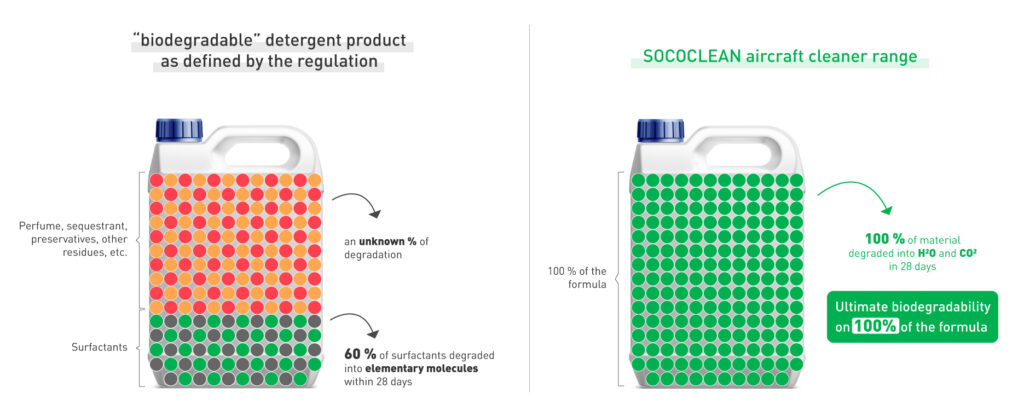
Advanced Decontamination Methods Comparison
Beyond routine cleaning, airplanes increasingly require advanced decontamination to combat microbial contamination, including viruses and bacteria, critical for passenger safety.
| Method | Description | Pros | Cons |
|---|---|---|---|
| Vaporized Hydrogen Peroxide (VHP) | Sterilizes cabins by vaporizing H2O2 to kill pathogens | Uniform coverage, proven efficacy, environmentally safe (breaks down to water and oxygen) | Requires aeration time, specialized equipment |
| UV-C Light Disinfection | Uses ultraviolet light to disrupt microbial DNA | Chemical-free, fast application | Shadowing limits effectiveness, operator safety concerns |
| Electrostatic Fogging | Charged mist spreads disinfectant evenly over surfaces | Even disinfection, covers hard-to-reach areas | Limited data on surface compatibility and long-term effects |
| Needlepoint Bipolar Ionization (NPBI) | Air purification tech neutralizing airborne viruses | Continuous air sterilization, minimal downtime | New technology, requires integration with HVAC |
These methods complement chemical cleaning protocols and are gaining ground in commercial aviation for cabins and high-touch areas, particularly post-pandemic.
Additional Tools Every Pilot Should Have on Deck
Along with the right cleaners, these decontamination tools help get the job done efficiently and safely:
- Microfiber Cleaning Cloths and Mitts: Designed to trap dirt and absorb liquids without scratching aircraft finishes or plexiglass. Reusable and washable microfiber cloths cut waste and maintain cleaning efficiency.
- Biodegradable Disposable Gloves: Provide hand protection when handling chemicals or dirty surfaces. Offering safe disposal options that break down faster in landfills is an important ecological plus.
- Stabilized Aqueous Ozone (SAO) Products: Chemical-free disinfectants, generated on-site by electrolyzing water, are highly effective in killing bacteria and viruses without toxic residues or odor. Increasingly used in hangars and cabin cleaning.
- HEPA Filters and Cabin Air Purification Units: Critical for airborne contaminant removal but do not replace physical surface decontamination.

The Role of Proper Maintenance in Flight Safety
Decontamination isn’t just about aesthetics—it’s about safety. Dirty sensors, clogged vents, or grease buildup on control surfaces can affect aircraft performance. Unremoved contaminants may interfere with critical instruments such as pitot tubes, static ports, or angle of attack sensors, potentially causing erroneous readings.
Flying with clean gear ensures:
- Sensors and instruments operate without interference or fault.
- Critical components like hinges, bearings, and fasteners stay corrosion-free.
- Cabin environment stays hygienic, reducing illness risk for pilots and passengers.
- Preventive maintenance by corrosion reduction prolongs component life and reduces unexpected failures.
Routine cleaning extends the lifespan of your aircraft and gear while helping you avoid costly repairs or downtime, contributing directly to flight safety and operational efficiency.
Practical Tips for Pilots Using Eco-Friendly Cleaners
- Always read the Material Safety Data Sheet (MSDS) before starting to ensure product safety and proper handling procedures.
- Test cleaners on a small, inconspicuous section of your aircraft surface before full use to detect any adverse reactions.
- Follow manufacturer dilution instructions carefully. Overuse wastes product and may cause unwanted residues or surface damage.
- For waterless washes, pair biodegradable cleaners with high-quality microfiber towels for gentle, scratch-free cleaning.
- Incorporate cleaning into regular maintenance schedules: consistent light cleaning reduces the need for harsh chemicals later.
- Store eco-friendly products properly—cool, shaded, and sealed to retain efficacy.
- Stay up to date with FAA Advisory Circulars and other aircraft manufacturer recommendations concerning approved cleaning agents.
AIS Spotlight: Why Hydrilla is a “Top-Threat” Species for Seaplanes
Decontamination Deep Dive: Hot Water vs. High Pressure for Floats and Rudders
Beyond the Boat: Why Seaplane-Specific Decontamination Is Different
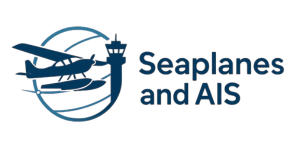
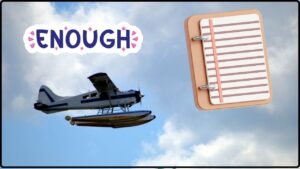
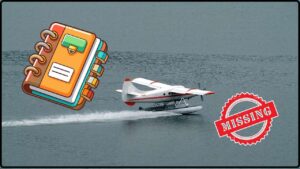

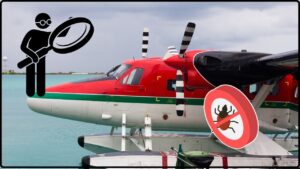




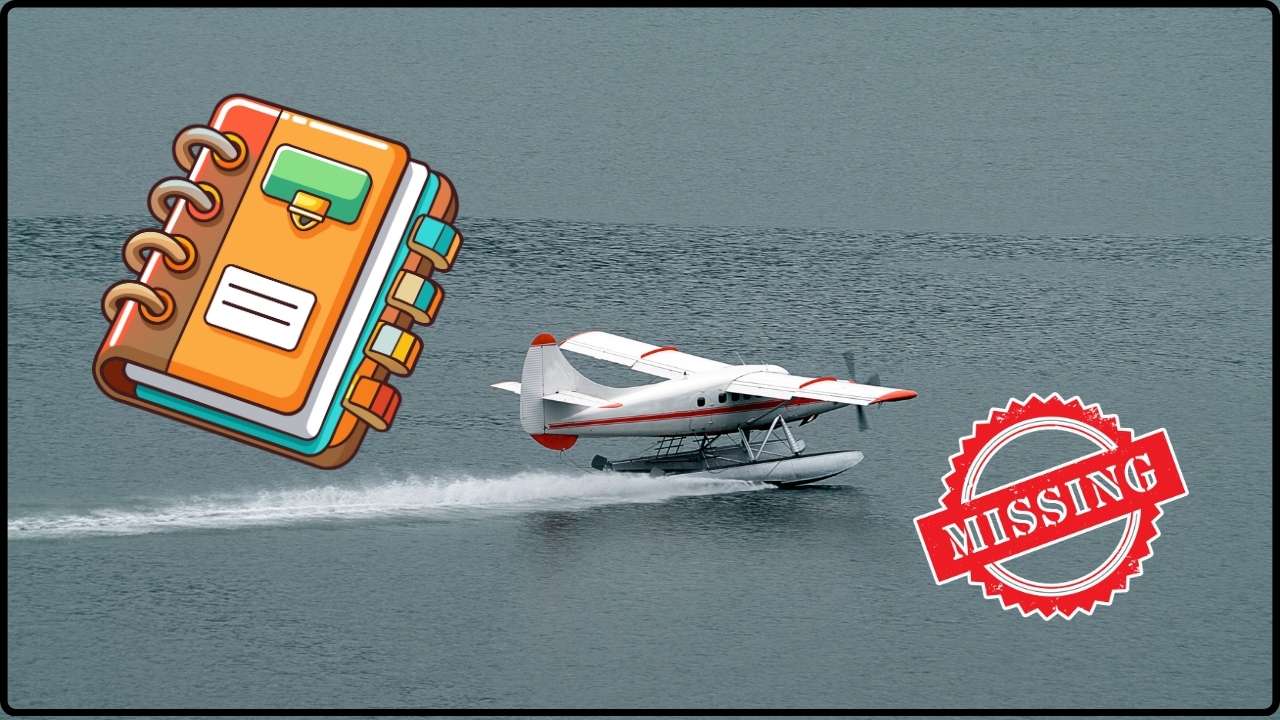

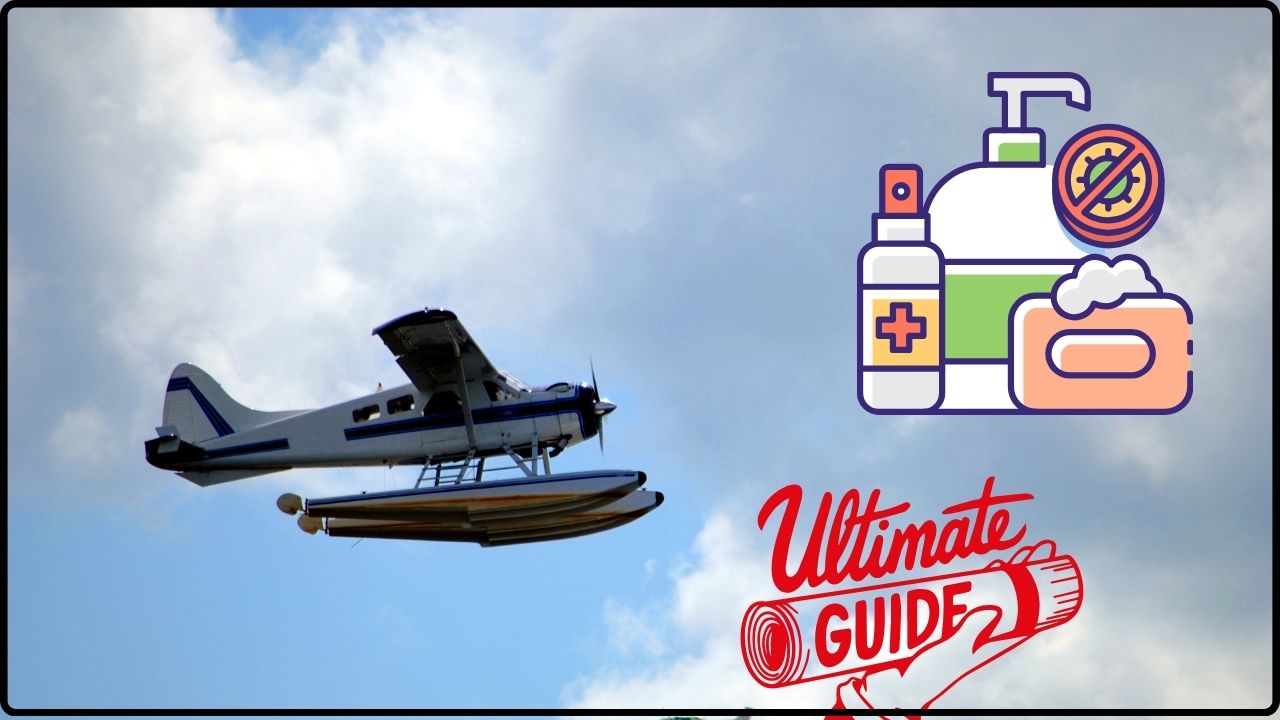


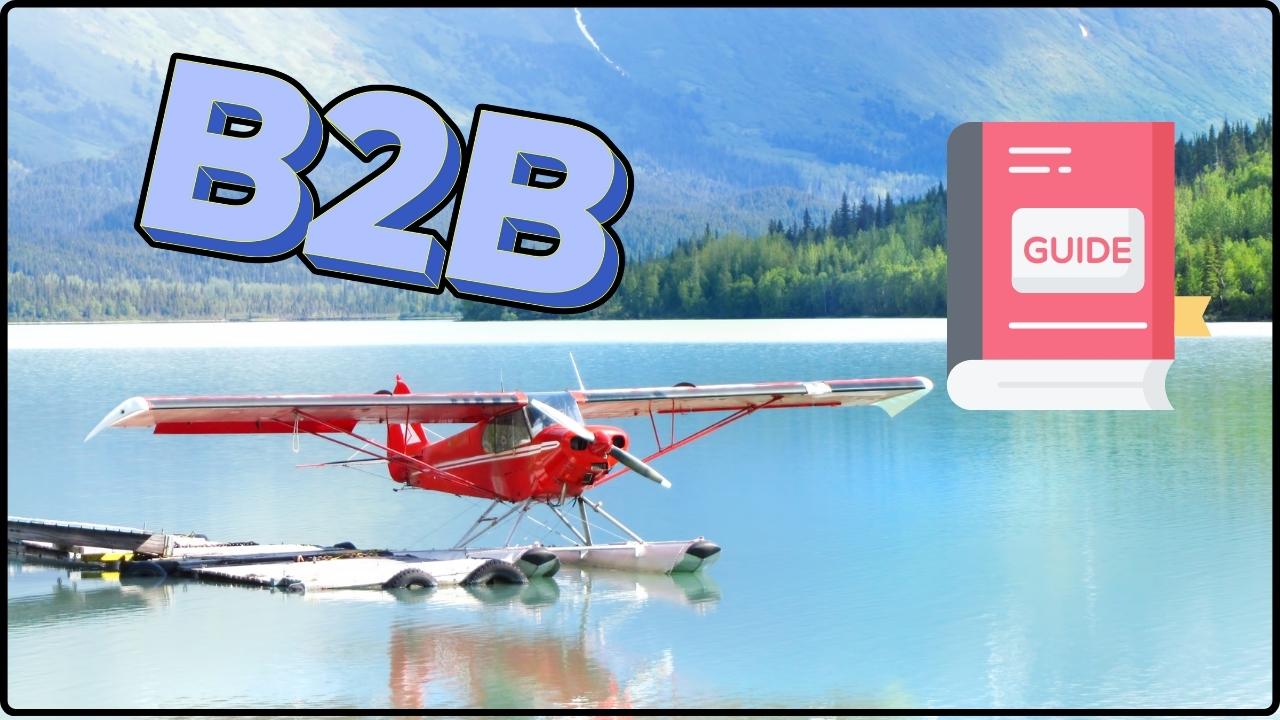
![Case Study: How [Lake Association] Partners with Pilots to Stop AIS](https://seaplanesandais.com/wp-content/uploads/2025/11/Case-Study-How-Lake-Association-Partners-with-Pilots-to-Stop-AIS.jpg)
